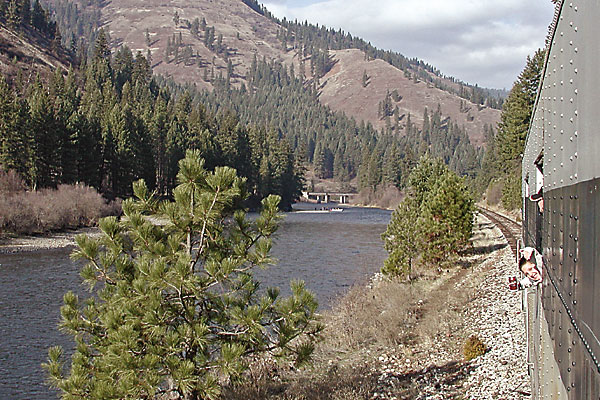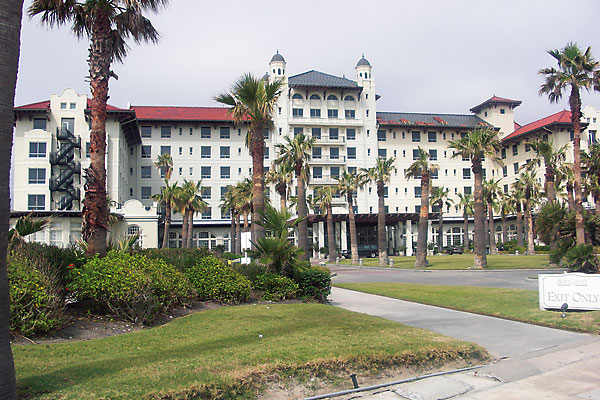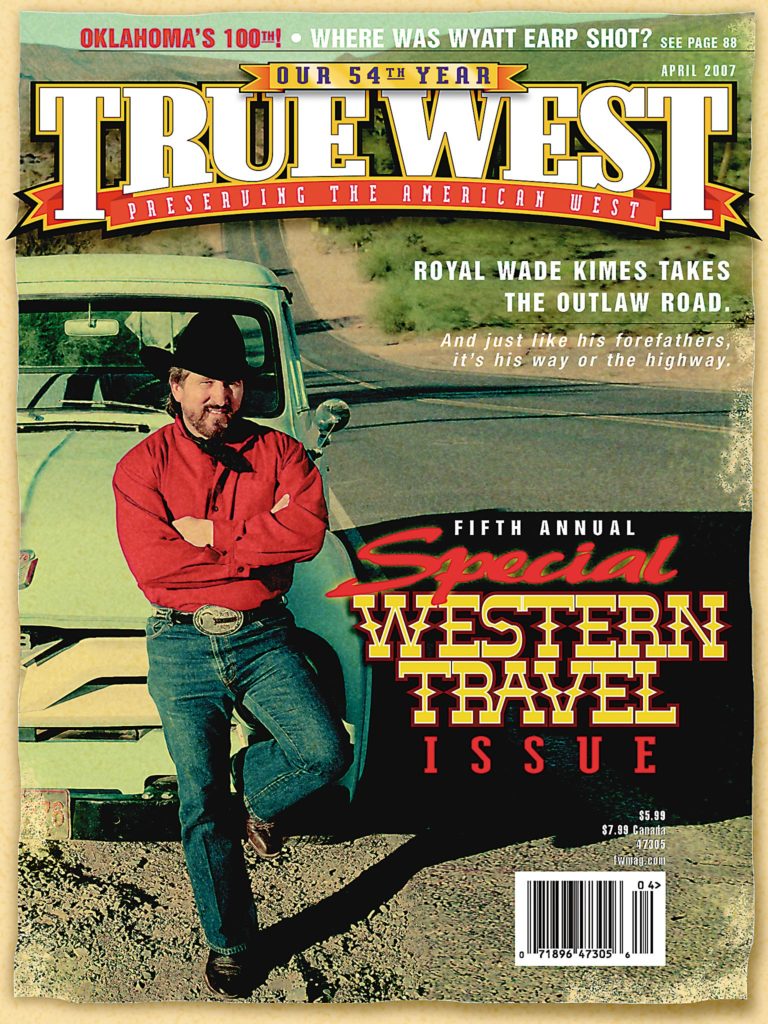 Depot Heroes
Depot Heroes
Pioneers participating in the Cherokee Land Run in 1893 settled along four town sites in the Oklahoma Territory: two Pond Creeks and two Enids. The government’s Pond Creek and Enid were formed after Rock Island Railroad officials were suspected of speculating on town development with local Cherokees.
The railroad got its revenge by refusing to stop at government towns. Settlers were pretty ticked off about that. At those towns, the railroad had installed a hook to deliver and pick up mail, which oftentimes left behind broken pouches with mail strewn all over the tracks. Dummies, wagons nor debris placed on the track couldn’t slow down the trains. Some citizens even tried to get them to stop by taking potshots at passing trains! In June 1894, unknown persons sawed through the supports on the rail trestle. The next freight train that came over the tracks got dumped into a gully. After that, the Rock Island rail depot moved to “government” Enid. That happy compromise was later transformed into a white Spanish-style depot. The great-grandson of D.C. Bass, the man who built the depot, recently bought the building. Bob Berry and his two sons, Matt and Ely, are securing the depot to make sure it doesn’t deteriorate further. Plans for the use of the depot are yet to be determined.
Back on Track
It’ll be 100 years this October since the first train entered Wallowa County in Oregon. The following year, 1908, the first excursion train ran from La Grande to Wallowa, with nearly 2,000 people and several brass bands gathering to celebrate its arrival. That famous Joseph Branch line, though, has been dormant for nearly five decades. When news of the line being dismantled for salvage reached the mountainous northeast corner of Oregon in 2002, the 30,000 residents of Wallowa and Union Counties did not sit idly by. The two governments formed the Wallowa Union Railroad and purchased the line and stock in May 2003. Citizens celebrated once more at the railroad when the first passenger train departed from Elgin on the line’s Eagle Cap Excursion Train last November. For more information, visit eaglecaptrain.com or call 800-323-7330.
Streetcar Named Desire
Okay, so it’s not really the Desire Line Streetcar, but we got a feeling you wouldn’t want to get off at that car’s stop anyway. Montana’s Fort Missoula Museum is restoring Car #50 (yes, the name begs for more, but what can you do, it’s historic), and they’re looking for some help from you to get it back on track. The streetcars replaced the horse-drawn cars in 1910 until January 1932, and now, thanks to federal transportation funds, the museum has a chance to restore the last remaining car, #50. More funding is needed to finish the job though, as well as to build an exhibit building to house the trolley so that weather doesn’t ruin the restored streetcar. The museum needs $45,000 to match federal funds and a much larger amount to construct the building—$1.5 million. To find out how you can help save streetcar #50, visit fortmissoulamuseum.org or call 406-728-3476.
Landmark Topples
In the upcoming April issue, we were planning on including the historic 1899 Center Block Building in Las Vegas, New Mexico, in our feature on movie locations you can still visit in the West. The building was torched in 1984’s Red Dawn, and you could still see the damage from the fire (even though the crew paid to renovate it). Western film icon Ben Johnson and a young Powers Boothe (exactly 20 years before he’d star as Cy Tolliver in HBO’s Deadwood) appeared in the flick. It’s not a Western but a film about Colorado high schoolers who band together to fight off Cuba and Russian invaders at the beginning of WWIII. It turns out, though, that this building is no more. Restoration took place this past August, with the New Mexico Business Journal reporting, “The back walls and floor structures of all three buildings [referring also to the Charles Ilfeld Co. Building and Taichert Warehouse and Stable] have long since collapsed leaving the buildings as three-sided shells. Needless to say, the restoration … will be extensive and probably interesting to watch.” Unfortunately a nasty rain storm caused one of the sides to cave in while it was being restored, and the city determined that the building was beyond repair. We are happy to report, though, that the Ilfeld and Taichert buildings are still successfully undergoing restoration. Contact the Las Vegas Citizen’s Committee for Historic Preservation at 505-425-8803 and lasvegasnmcchp.com to find out how you can help save the city’s historic structures.
Help Rebuild Fort Lupton
This third fort built in the South Platte River region in present-day Colorado has long been gone since it was abandoned in 1844. But the South Platte Valley Historical Society is rebuilding it and is looking for volunteers to help finish construction by the summer of 2007. The trading post was built by Army Lt. Lancaster P. Lupton in 1836. Fort Vasquez, near Platteville, is the only other fort in the region that has been reconstructed for visitors, and that took place back in the 1930s. The reconstructed Fort Lupton will become part of a history park that will include historic farm buildings, an interpretive center, rendezvous area and a black powder shooting range. To volunteer, visit spvhs.org or write to P.O. Box 633 Fort Lupton, CO 80621.





